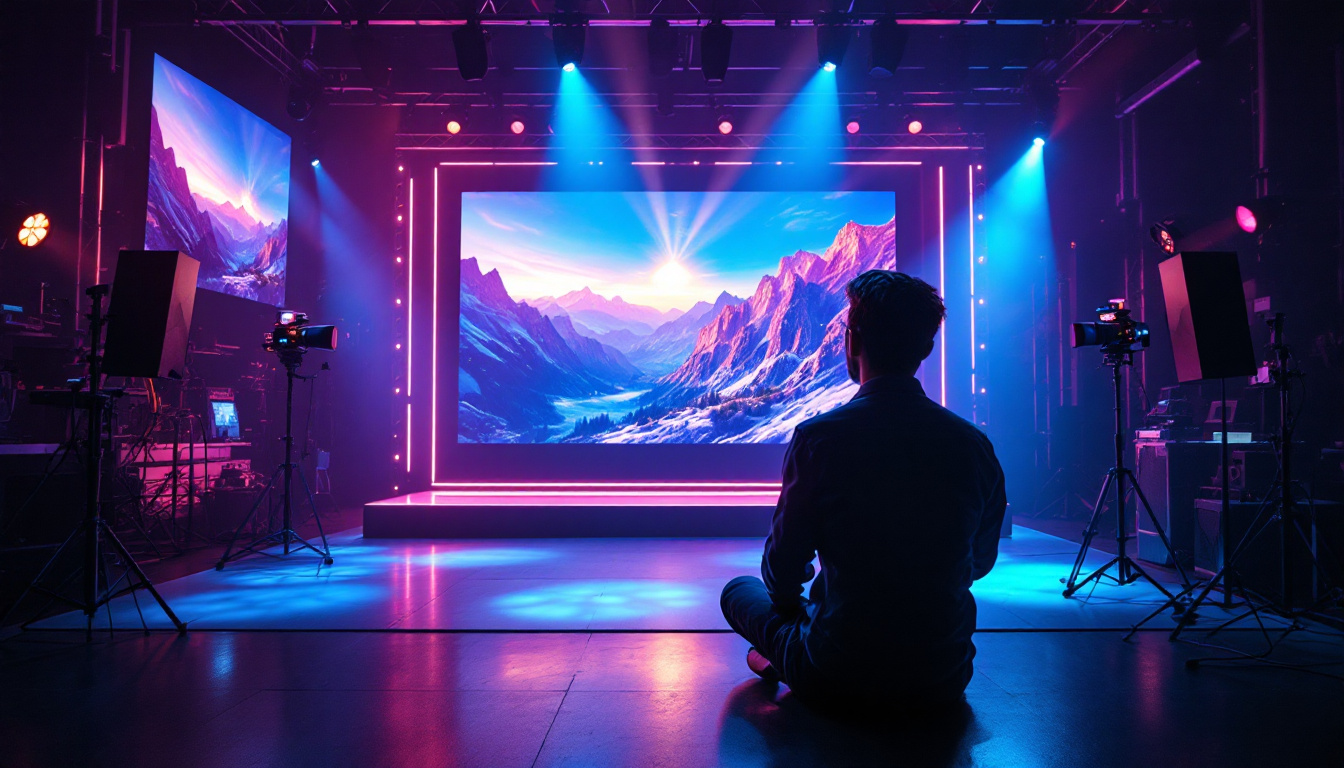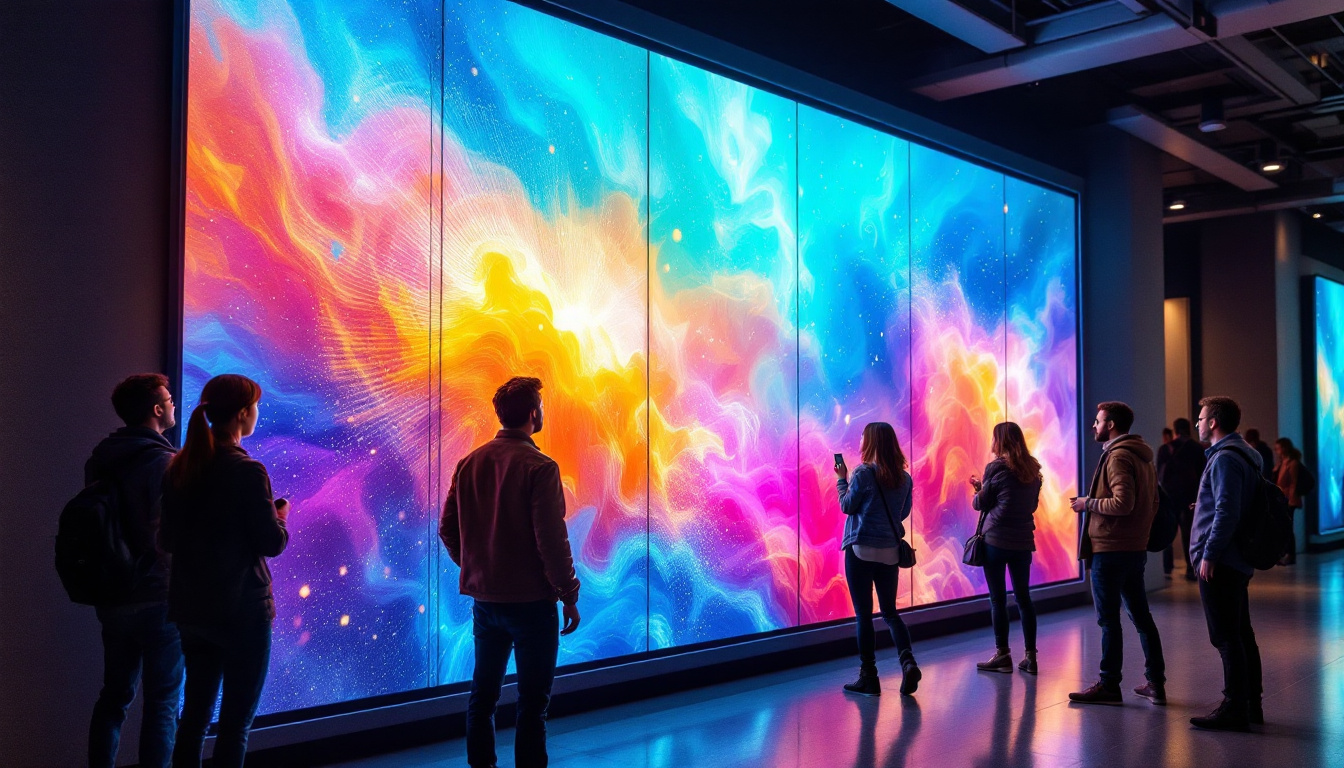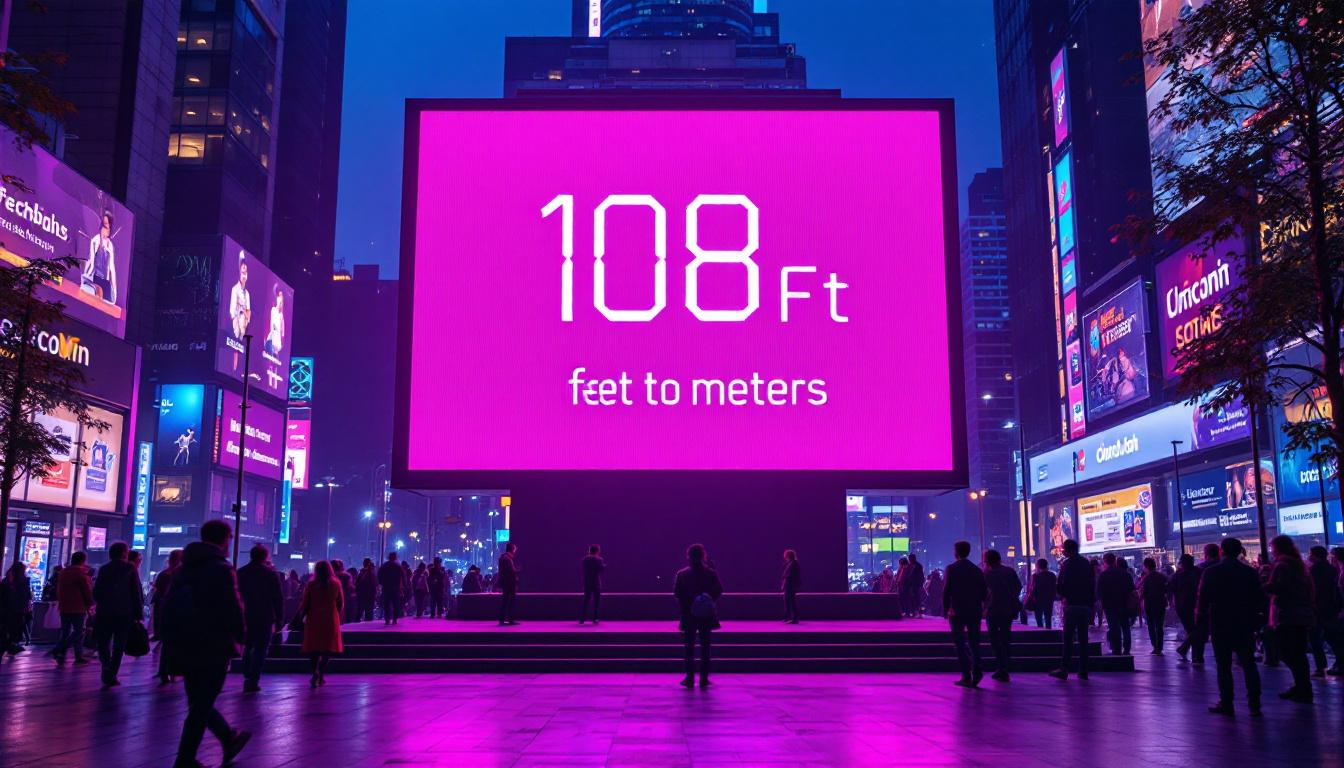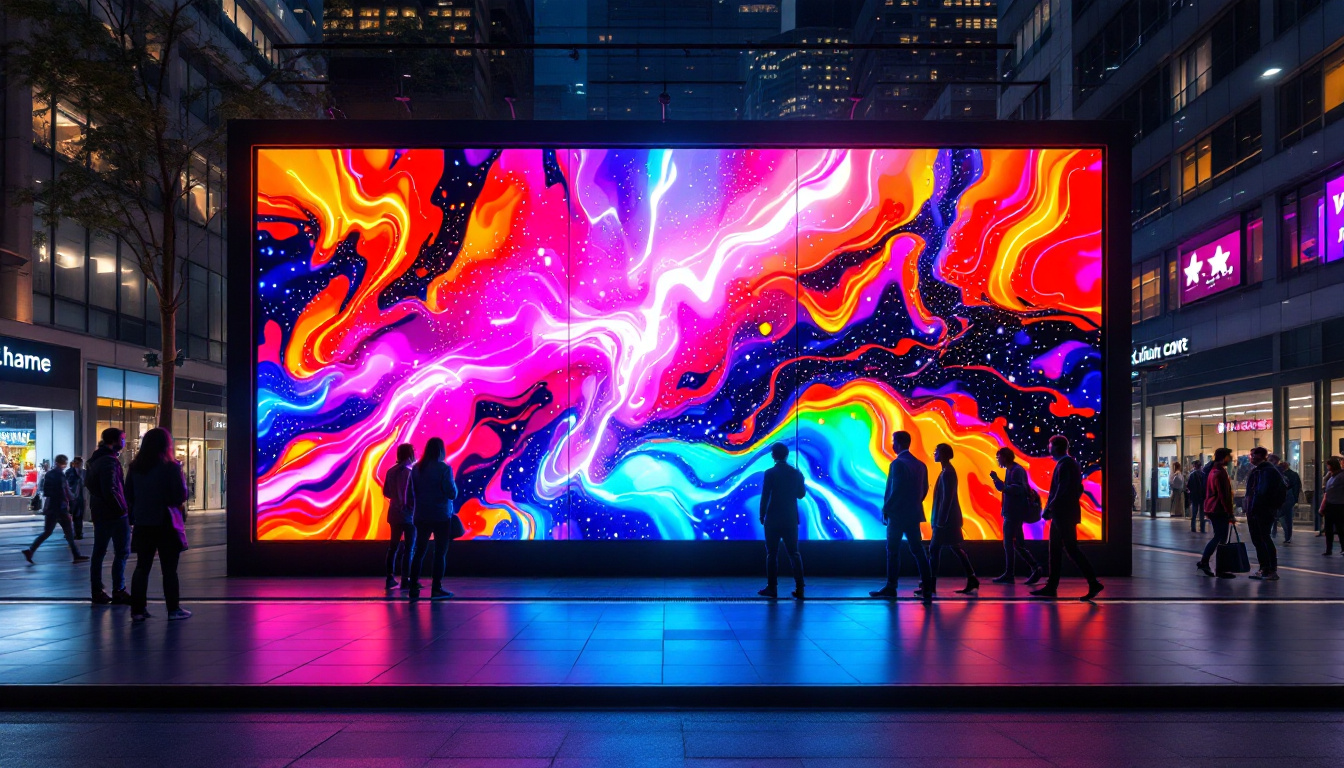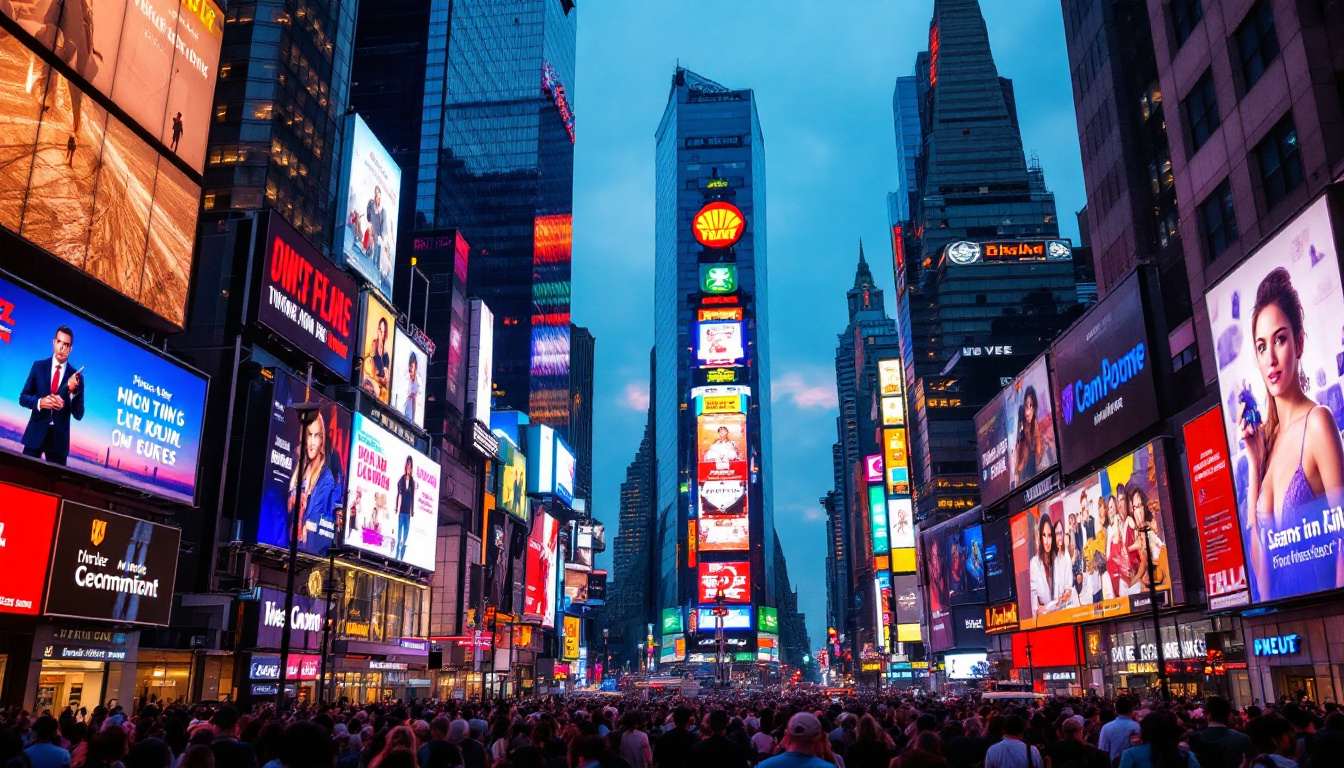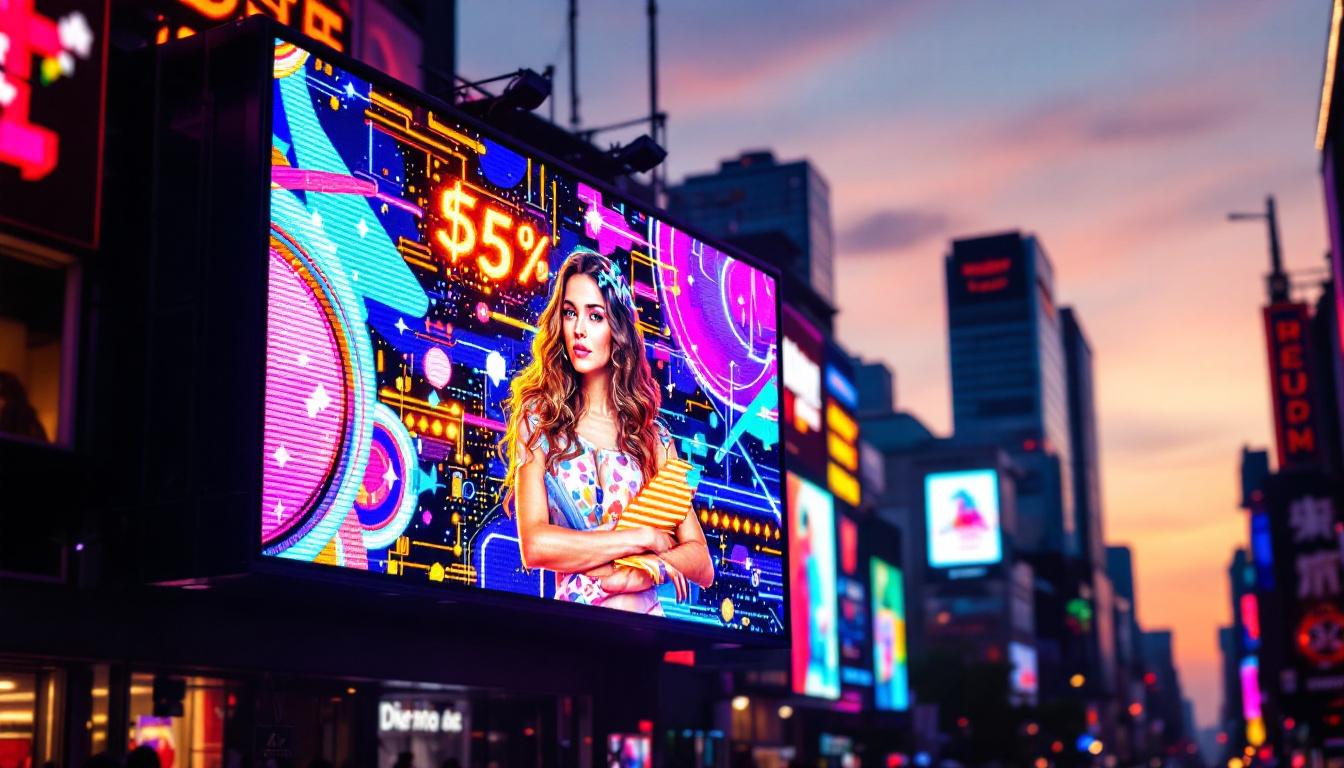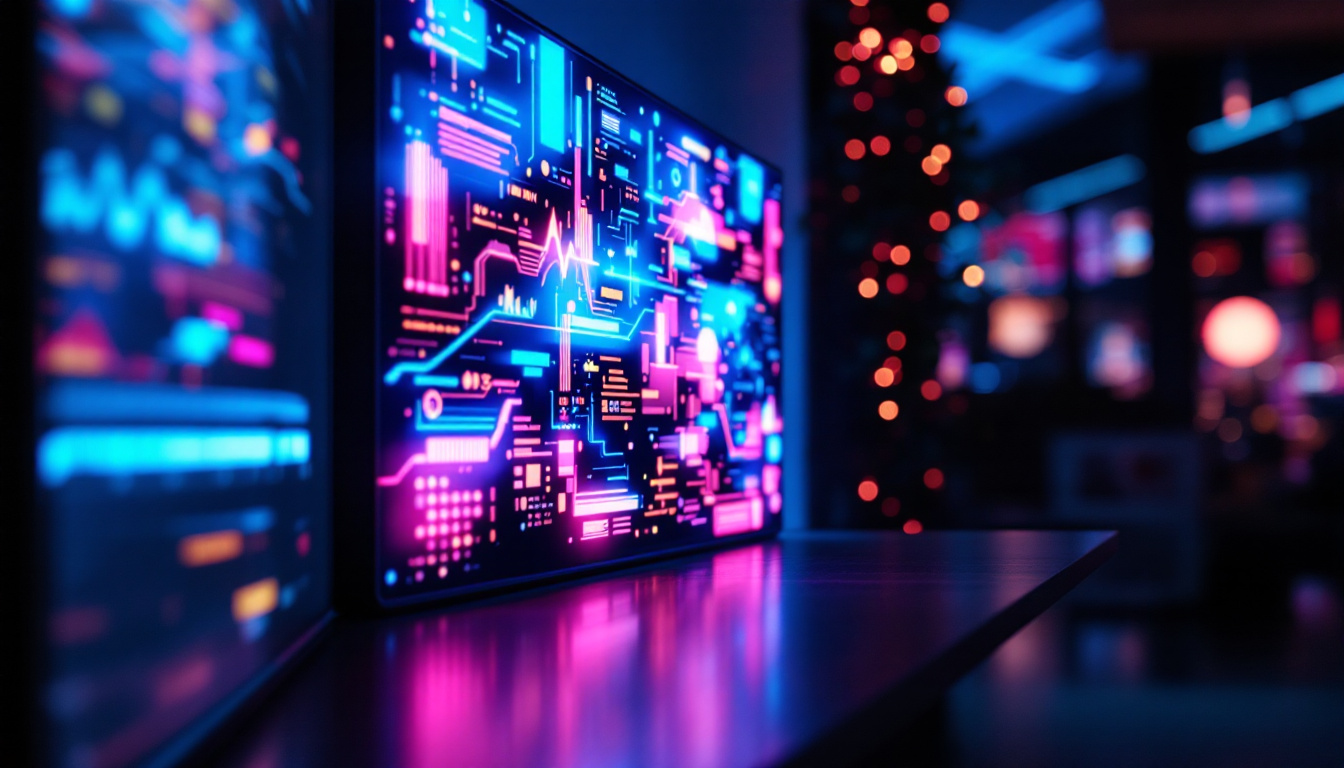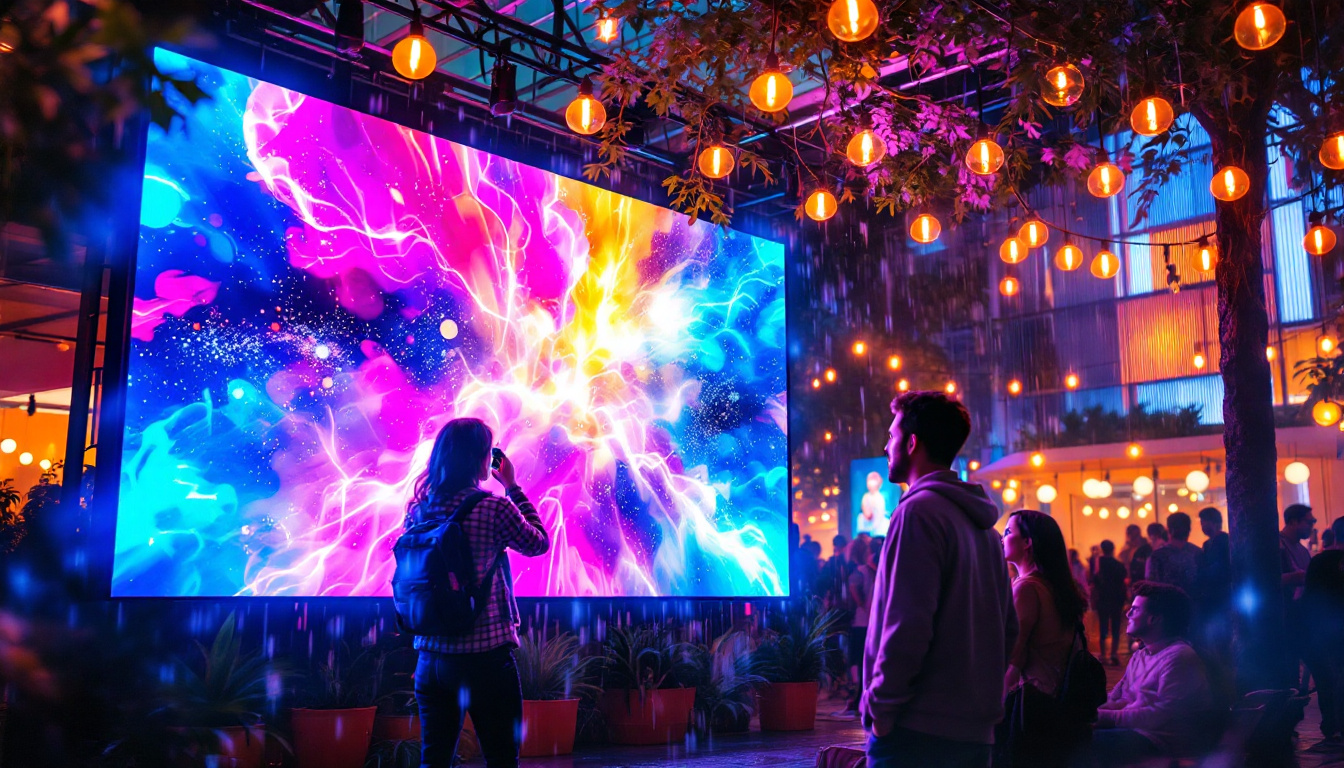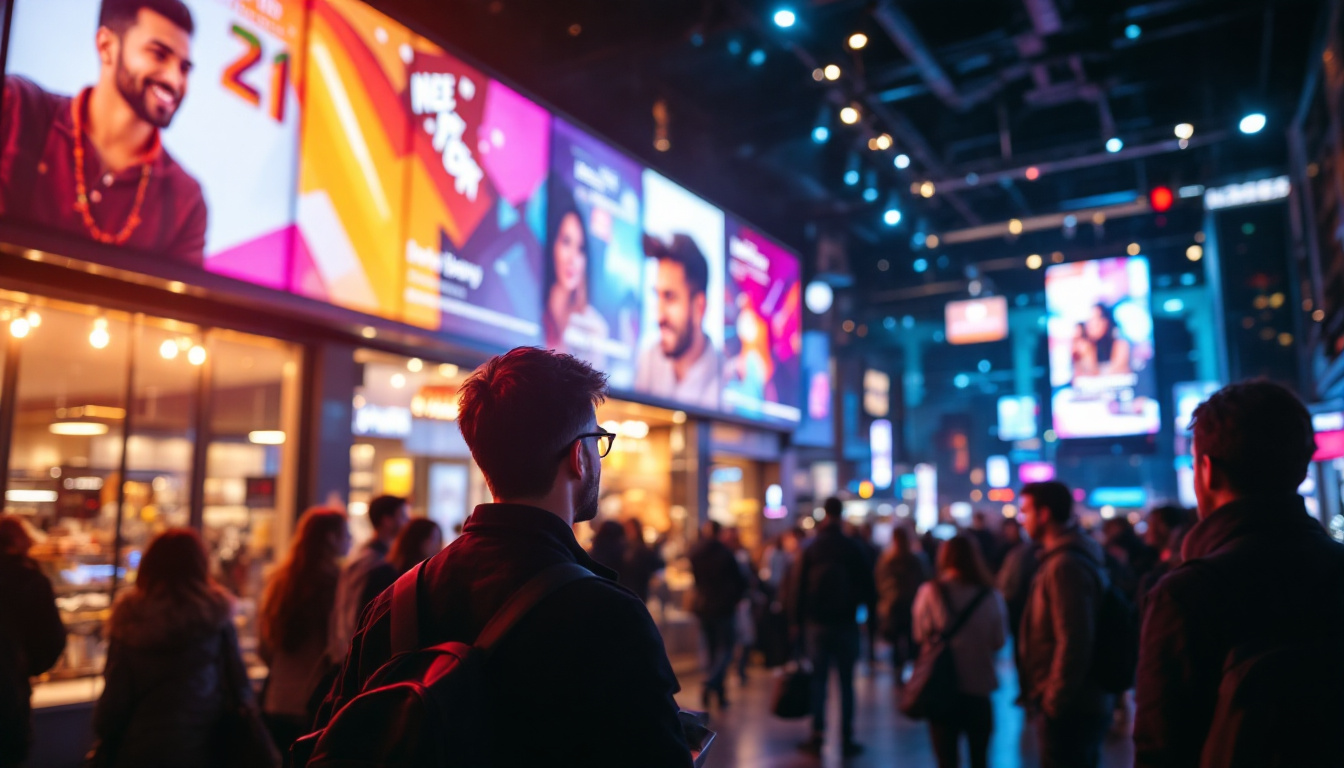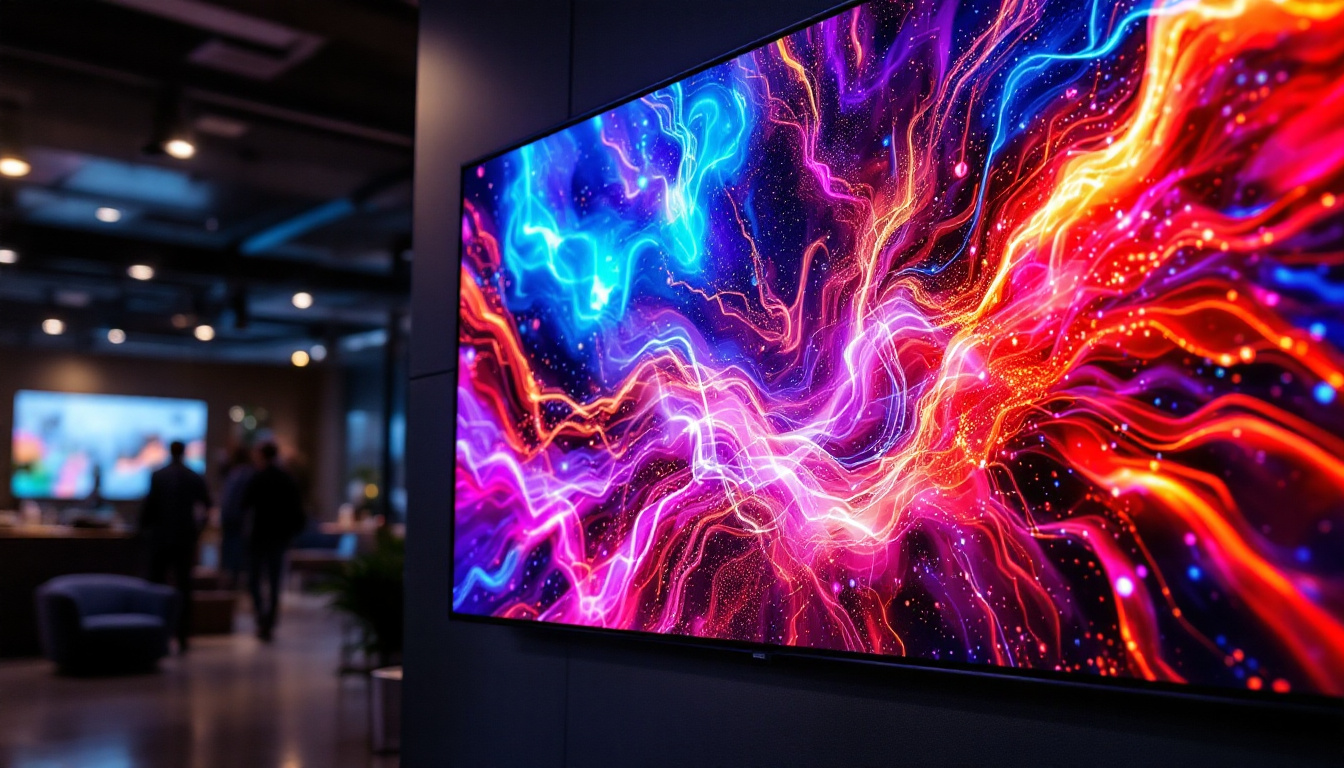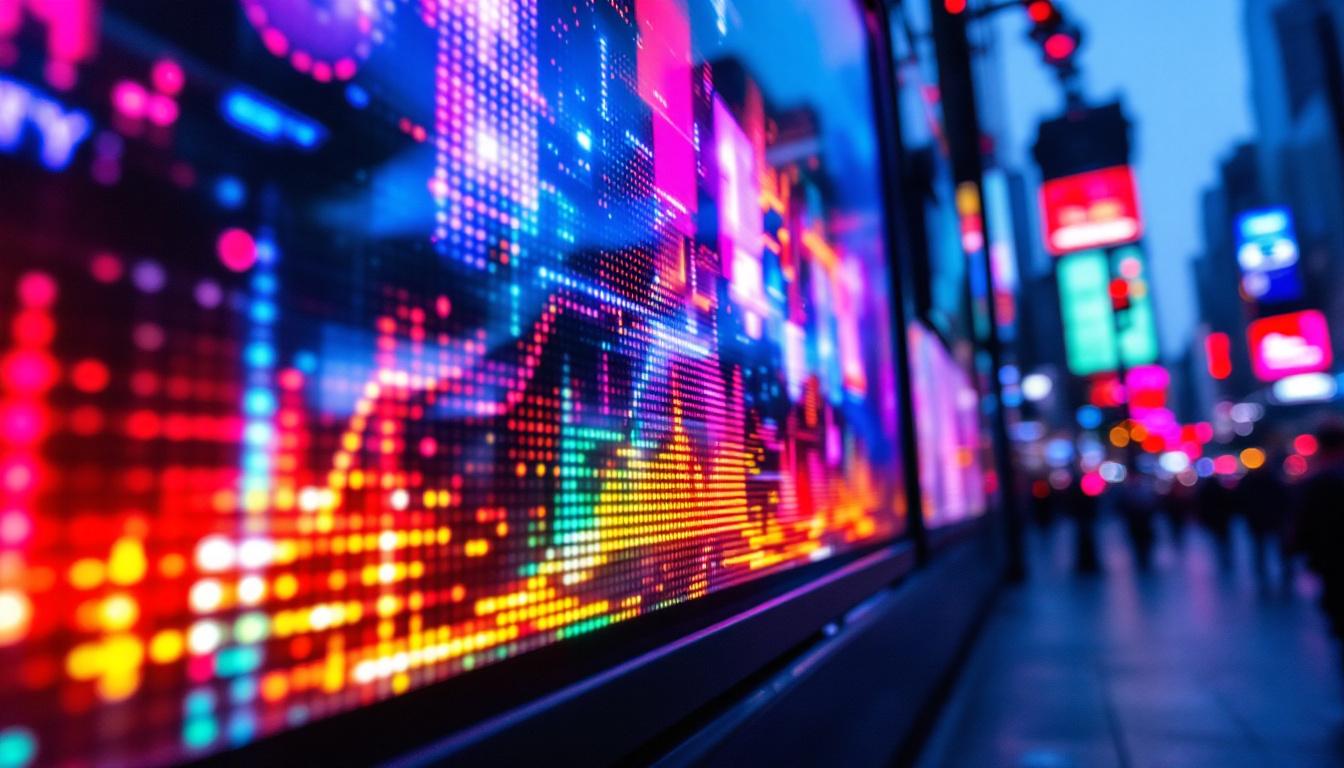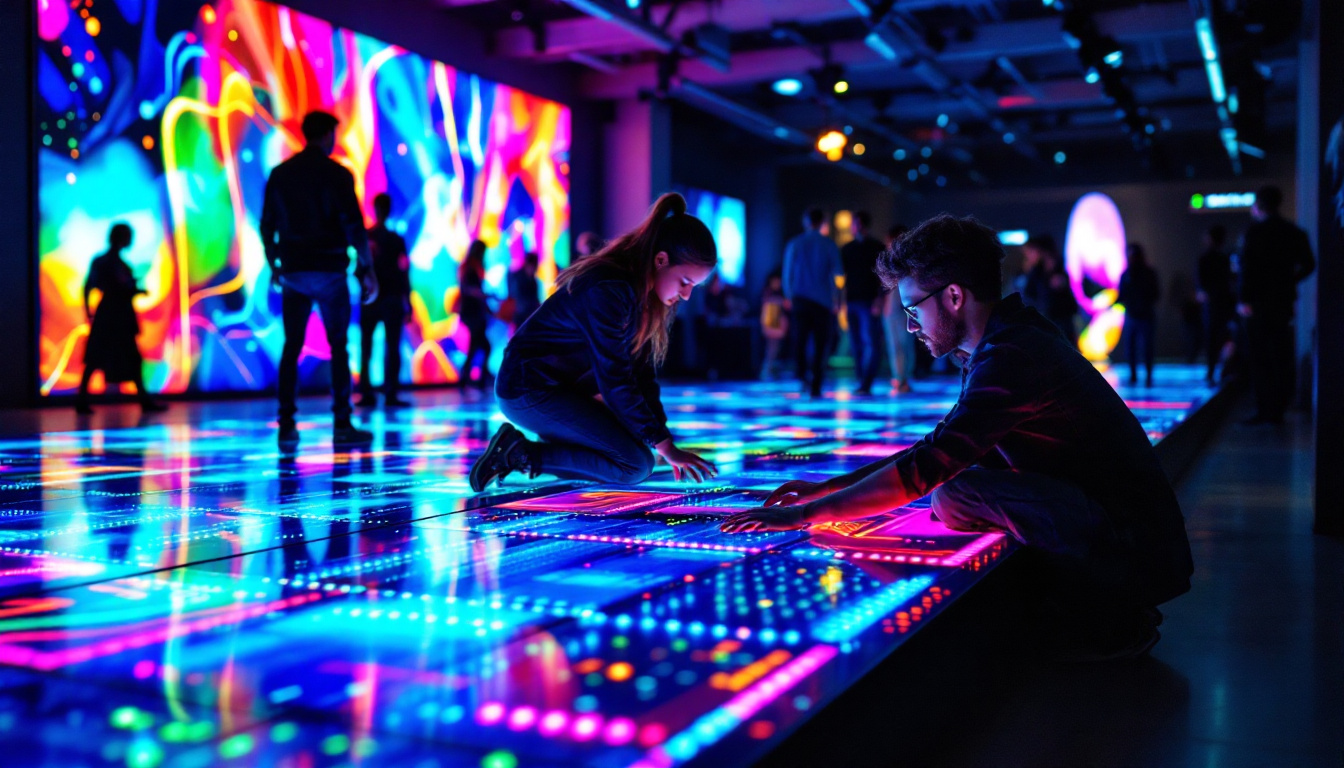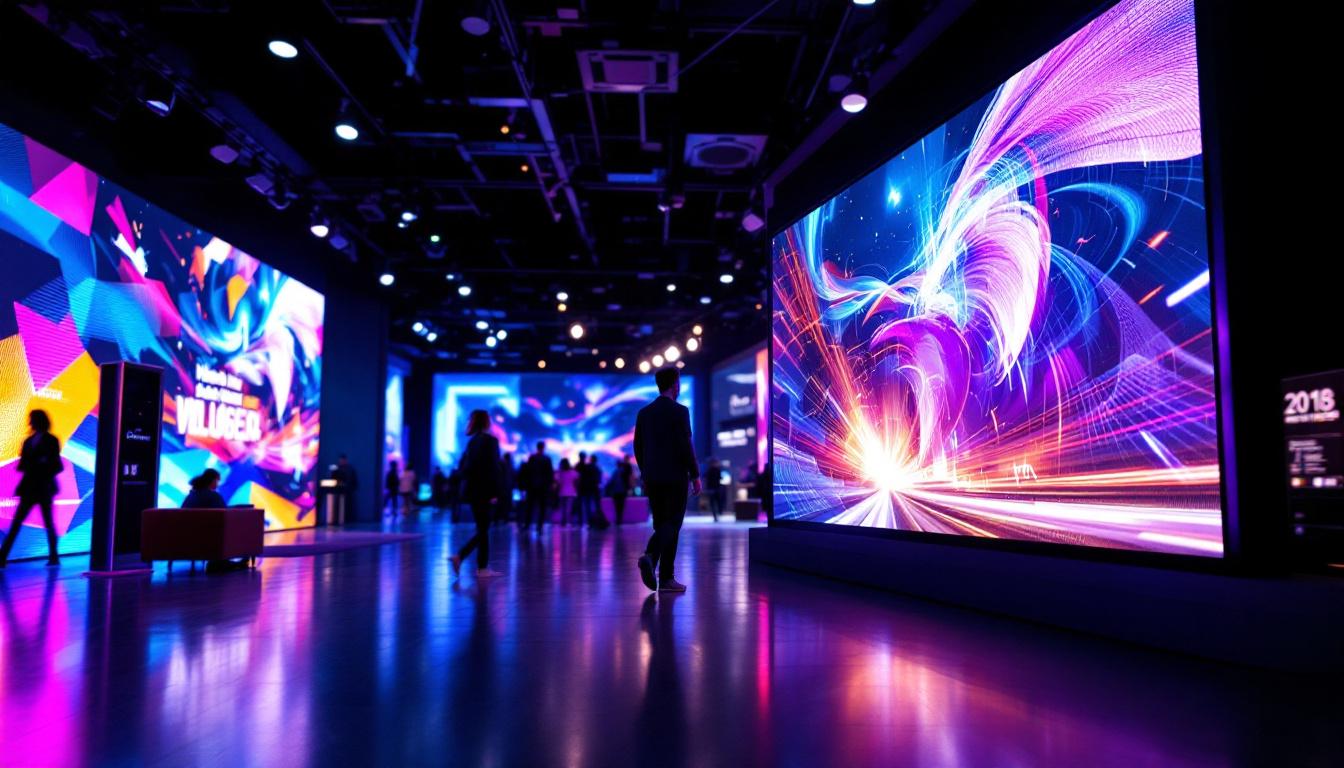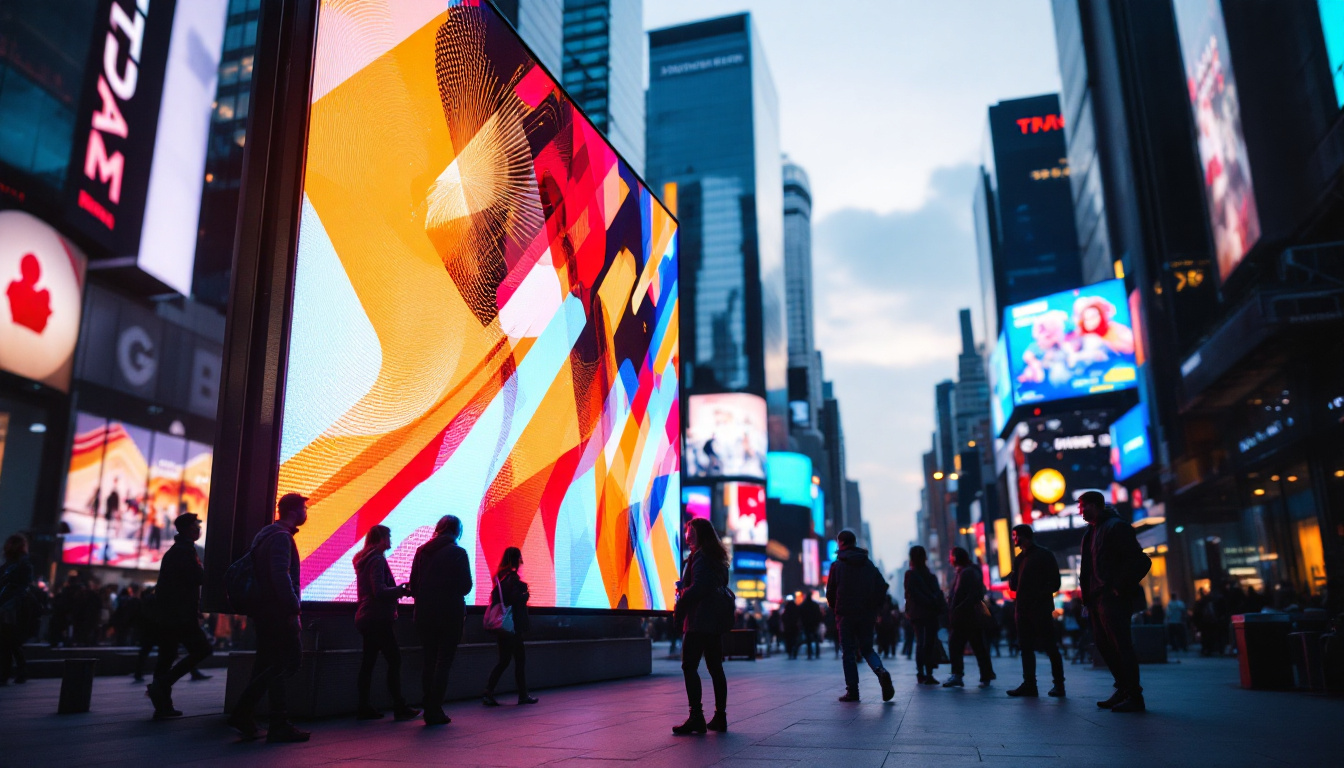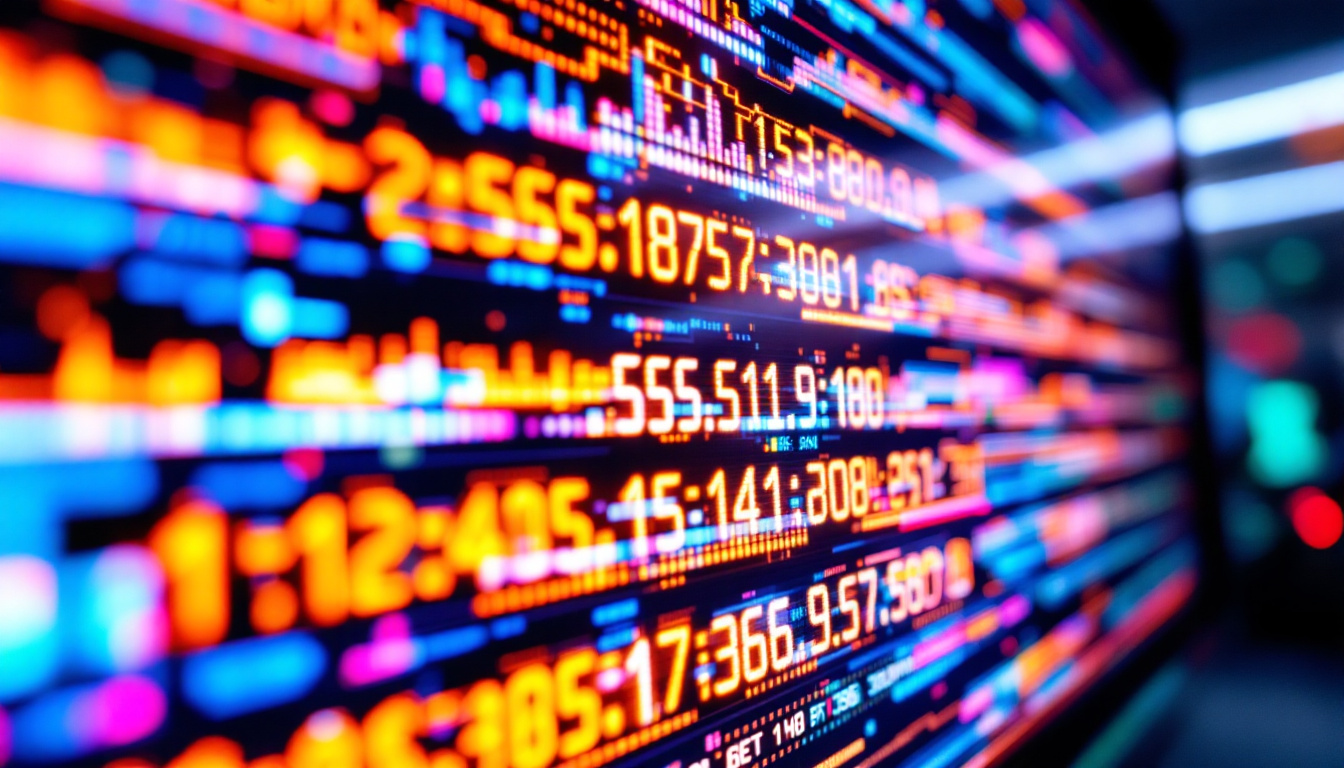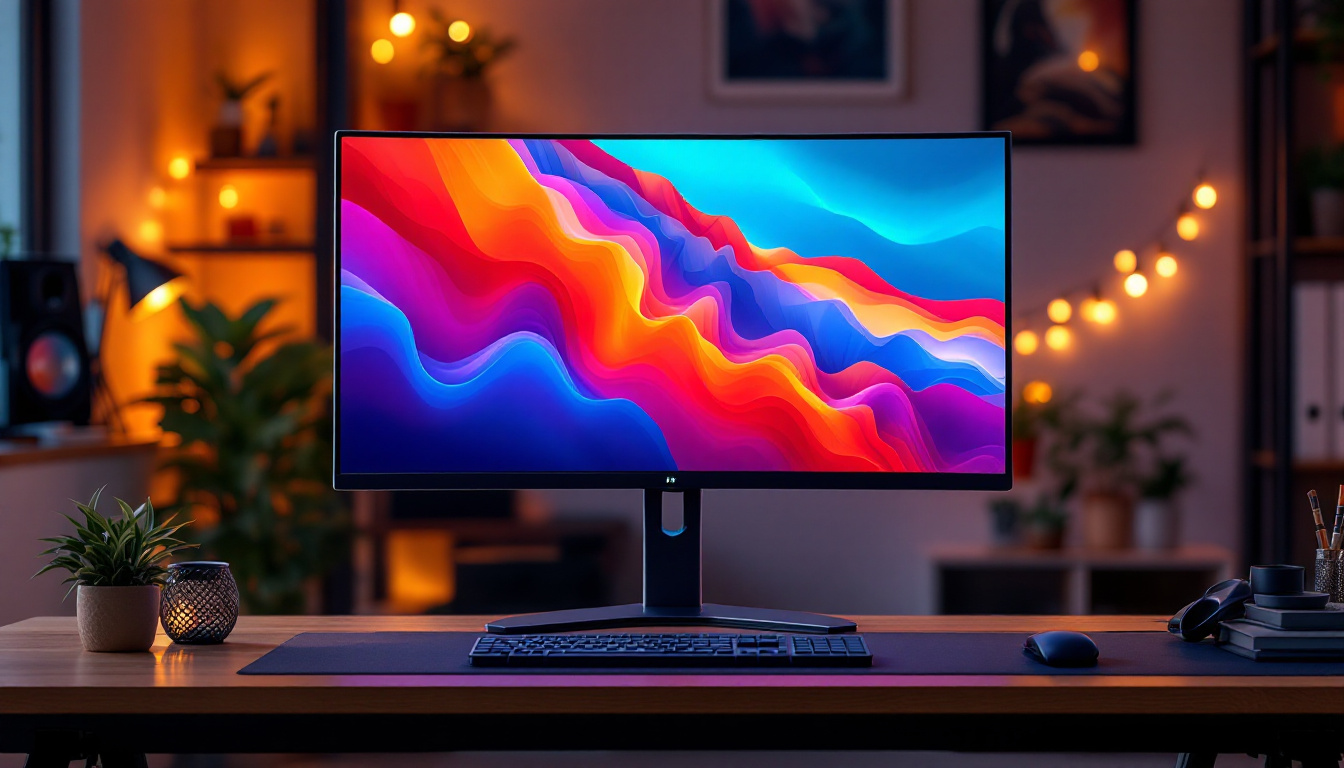The evolution of film and television production has taken a significant leap with the advent of LED virtual production stages. These innovative setups have transformed how filmmakers create immersive environments, allowing for real-time rendering and dynamic backgrounds. This article delves into the intricacies of LED displays used in virtual production, exploring their technology, benefits, and applications.
Understanding LED Virtual Production
LED virtual production integrates advanced LED display technology with real-time rendering engines to create interactive environments that can be manipulated on the fly. Unlike traditional green screens, which require extensive post-production work, LED stages allow filmmakers to capture backgrounds and lighting in real-time, enhancing the overall production quality. This innovative approach not only streamlines the filming process but also opens up new avenues for creativity, enabling directors and cinematographers to experiment with lighting and composition in ways that were once limited to post-production.
The Basics of LED Technology
LED, or Light Emitting Diode, technology has become increasingly popular in various industries, including entertainment. In virtual production, LED screens serve as dynamic backdrops that can display high-resolution images and videos. The ability to produce vivid colors and deep contrasts makes LED displays particularly suitable for cinematic applications. This capability allows filmmakers to create immersive worlds that feel authentic and engaging, drawing audiences into the narrative with stunning visual fidelity.
Moreover, LED panels are modular, allowing for flexible configurations to fit different stage sizes and shapes. This adaptability is crucial for filmmakers who need to create diverse environments without the constraints of physical sets. Additionally, the lightweight nature of LED panels means they can be easily transported and set up in various locations, making them ideal for on-location shoots as well as studio environments. The versatility of LED technology not only enhances production efficiency but also reduces costs associated with traditional set construction and location scouting.
Real-Time Rendering Engines
At the heart of LED virtual production is the real-time rendering engine, which processes and displays 3D environments instantaneously. This technology enables filmmakers to visualize their scenes as they are being shot, providing immediate feedback and allowing for adjustments on the spot. The integration of real-time rendering allows for a more collaborative and dynamic shooting environment, where directors can make creative decisions based on what they see in real-time, rather than relying solely on their imagination or rough sketches.
Popular engines such as Unreal Engine and Unity have been instrumental in this shift, offering tools that facilitate the creation of interactive and immersive settings. By integrating these engines with LED displays, filmmakers can achieve a level of realism that was previously unattainable. Furthermore, these engines support advanced features like motion tracking and virtual camera systems, which enable filmmakers to create seamless transitions between live action and digital environments. This synergy not only enhances storytelling but also allows for innovative techniques such as virtual cinematography, where the camera can move freely within the digital space, creating dynamic shots that enhance the narrative experience.
Benefits of LED Virtual Production Stages
Utilizing LED virtual production stages offers numerous advantages over traditional filming methods. These benefits not only streamline the production process but also enhance the final product’s visual quality.
Enhanced Visual Quality
One of the most significant advantages of LED displays is the unparalleled visual quality they provide. The vibrant colors and high contrast ratios contribute to a more lifelike representation of scenes. This is particularly important for genres that rely heavily on visual effects, such as science fiction and fantasy.
Additionally, the ability to adjust lighting in real-time allows for seamless integration of foreground and background elements. This ensures that the actors are lit consistently with the environment, reducing the need for extensive color correction during post-production.
Increased Efficiency
LED virtual production stages can significantly reduce production time and costs. By eliminating the need for extensive green screen setups and the associated post-production work, filmmakers can focus on capturing their vision more efficiently. This streamlined process allows for quicker turnaround times, making it easier to meet tight deadlines.
Furthermore, the interactive nature of LED displays enables directors and cinematographers to make real-time decisions, leading to more creative freedom during shooting. This immediacy can result in a more collaborative atmosphere on set, fostering innovation and experimentation.
Environmental Considerations
As the film industry becomes increasingly aware of its environmental impact, LED virtual production stages present a more sustainable alternative. Traditional filming often requires extensive travel to various locations, which can contribute to a larger carbon footprint. In contrast, LED stages allow filmmakers to create diverse environments within a single location.
Additionally, the reduced need for physical sets and props minimizes waste. By using digital assets, filmmakers can create intricate worlds without the environmental costs associated with traditional set construction and deconstruction.
Applications of LED Virtual Production
The versatility of LED virtual production stages has led to their adoption across various sectors of the entertainment industry. From feature films to live events, the applications are vast and continually expanding.
Feature Films and Television
Many high-profile films and television series have embraced LED virtual production to enhance their storytelling. By utilizing these stages, filmmakers can create expansive worlds that would otherwise be cost-prohibitive or logistically challenging to produce.
For instance, series like “The Mandalorian” have showcased the potential of LED stages, using them to create immersive environments that blend seamlessly with live-action performances. This approach not only elevates the visual experience but also allows for more nuanced performances from actors, who can interact with their surroundings in real-time.
Live Events and Concerts
Beyond traditional film and television, LED virtual production is making waves in the realm of live events and concerts. Artists and event organizers are leveraging this technology to create visually stunning experiences that engage audiences in new and exciting ways.
By incorporating LED displays into live performances, creators can transport audiences to different locations or create fantastical environments that enhance the overall experience. This innovation allows for a level of creativity that was previously limited to pre-recorded content.
Corporate and Advertising Uses
Corporations and advertisers are also recognizing the potential of LED virtual production for promotional content. By creating dynamic and engaging advertisements, brands can capture the attention of their target audience more effectively.
Using LED stages, companies can craft visually striking presentations that convey their messages in a memorable way. This technology allows for the integration of live-action elements with animated graphics, creating a captivating blend that resonates with viewers.
Challenges and Considerations
While LED virtual production offers numerous benefits, it is not without its challenges. Understanding these obstacles is crucial for filmmakers and production teams looking to implement this technology effectively.
Technical Limitations
Despite the advancements in LED technology, there are still technical limitations that can affect production quality. For instance, achieving the desired level of brightness and color accuracy can be challenging, particularly in outdoor settings where natural light can interfere with the LED displays.
Additionally, the resolution of the LED panels must be carefully considered to ensure that the images displayed are sharp and clear. Filmmakers must balance the cost of high-resolution panels with their specific project needs, which can be a complex decision.
Cost Implications
Implementing LED virtual production stages can require a significant upfront investment. The cost of high-quality LED panels, real-time rendering technology, and the necessary infrastructure can be substantial, particularly for smaller production companies.
However, it is essential to weigh these costs against the potential savings in production time and post-production expenses. As the technology continues to evolve and become more accessible, the financial barriers may decrease, making LED virtual production a viable option for a broader range of projects.
Training and Expertise
To fully leverage the capabilities of LED virtual production, production teams must possess the necessary skills and knowledge. This includes understanding how to operate the technology, as well as the artistic and technical aspects of integrating real-time rendering with live-action footage.
Investing in training and development for crew members is crucial to ensure successful implementation. As the industry continues to adopt these technologies, the demand for skilled professionals in this area will likely grow, creating new opportunities for those willing to learn.
The Future of LED Virtual Production
As technology continues to advance, the future of LED virtual production looks promising. Innovations are expected to enhance the capabilities of LED displays and real-time rendering engines, leading to even more immersive experiences for audiences.
Advancements in Display Technology
Future developments in LED technology may include improvements in resolution, color accuracy, and energy efficiency. As manufacturers continue to refine their products, filmmakers can expect to benefit from enhanced visual quality and reduced costs.
Moreover, the integration of artificial intelligence and machine learning into rendering engines could streamline the production process even further, allowing for more intuitive interactions between filmmakers and technology.
Broader Adoption Across Industries
As more filmmakers and content creators recognize the advantages of LED virtual production, its adoption is likely to expand beyond traditional media. Industries such as gaming, education, and virtual reality may increasingly utilize this technology to create engaging and interactive experiences.
This broader adoption could lead to new creative possibilities, as artists and creators explore the potential of blending physical and digital worlds in innovative ways.
Conclusion
LED virtual production stages represent a revolutionary shift in the way films and television shows are produced. By harnessing the power of LED displays and real-time rendering, filmmakers can create stunning visual experiences that captivate audiences and streamline the production process.
While challenges remain, the benefits of this technology are undeniable. As advancements continue and the industry embraces these innovations, the future of LED virtual production is bright, promising exciting new possibilities for storytelling and creative expression.
Discover the Future of Visual Storytelling with LumenMatrix
Ready to elevate your production with the cutting-edge technology of LED displays? LumenMatrix, a pioneer in LED display innovation, offers an extensive range of solutions tailored to meet your creative needs. From Indoor and Outdoor LED Wall Displays to specialized options like Vehicle, Sports, and Floor LED Displays, our products are designed to captivate your audience and amplify your message. Experience the transformative power of our Custom, All-in-One, and Transparent LED Displays. Check out LumenMatrix LED Display Solutions today and join the revolution in visual communication.

